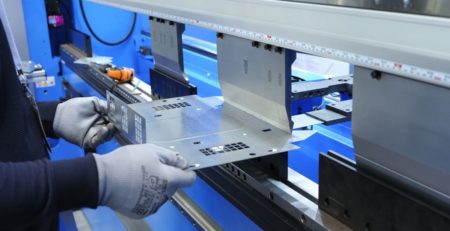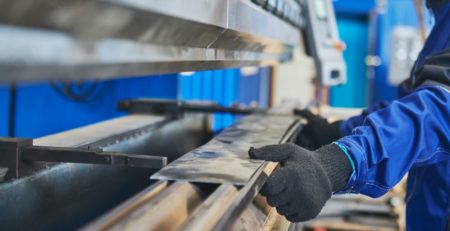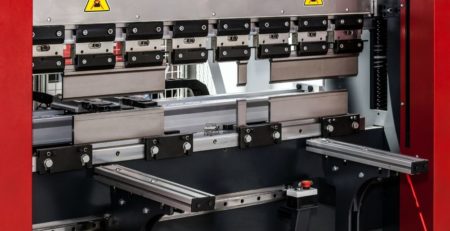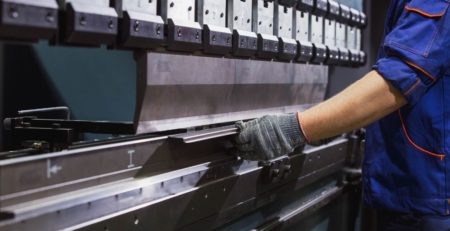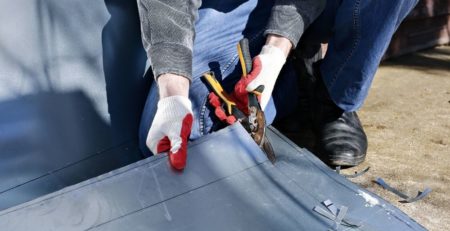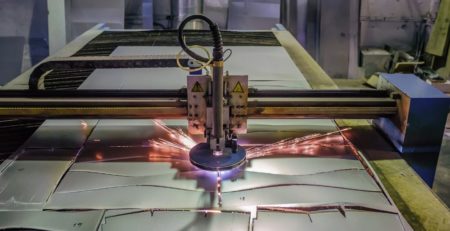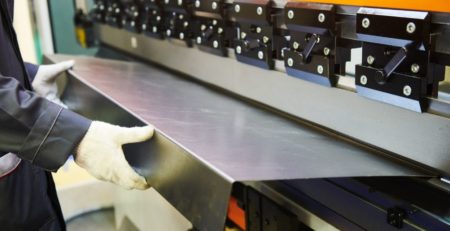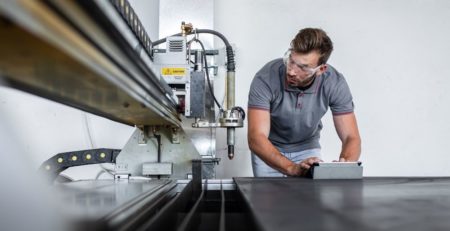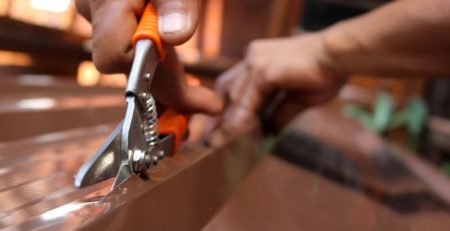When To Choose Horizontal Over Vertical Machining
The choice between horizontal and vertical machining can significantly impact the efficiency, quality, and cost-effectiveness of your metalworking operations. Explore factors that affect your decision regarding when to choose horizontal over vertical machining.
Horizontal vs. Vertical Machining Centers
Horizontal and vertical metalworking machines are different in exactly the way their names imply: a vertical machine operates vertically, perpendicular to the table.
A horizontal machine operates parallel to the table. Horizontal machines excel at jobs involving peripheral or face milling and are particularly effective for large projects due to their robust construction.
Milling Machines and Press Brakes
Milling machines and press brakes are two common types of metalworking machines that come in both horizontal and vertical configurations.
Milling Machines
These cutting and drilling machines have a wide range of applications, from slot cutting and threading to complex surface contouring. Milling machines can handle various materials, from metals to plastics. The choice between horizontal and vertical milling depends on the complexity and depth of the cuts or punches. Horizontal milling machines have the ability to perform more complicated cuts. This makes them the typical choice for complex projects.
Press Brakes
CNC press brakes apply force to bend sheet metal into specific shapes. The required force depends on the size, type, and thickness of the metal. Horizontal press brakes use hydraulic power and are suitable for bending larger, thicker sheet metal pieces due to their higher tonnage (force). Horizontal press brakes are suitable for complicated bends in smaller and thinner metal pieces.
Managing Waste and Debris
During machining, waste and debris are inevitable. Horizontal machining centers have an advantage in this regard, as gravity aids in waste removal, preventing it from interfering with the machining process.
Finding Qualified Machine Operators
Operating metalworking machines requires specialized skills. While both horizontal and vertical machines require trained operators, finding qualified personnel for horizontal machines can be more challenging due to the complex nature of their operations. However, investing in training for skilled operators can result in higher productivity and quality of work.
Cost Considerations
While horizontal machining centers often come with a higher initial cost than their vertical counterparts, they can provide a better return on investment in the long run. This is due to their ability to perform more complex operations, heighten production rates, and improve waste management.
When choosing between horizontal and vertical machining, consider not only the type of cuts or punches you need to make but also power requirements, waste management, operator expertise, and costs. Understanding these factors can guide you in making an informed decision about when to choose horizontal over vertical machining.



